жЬ®жЫЬжЧ•, 6жЬИ 16th, 2011...9:31 AM
Kitasenju walking guide
Reading time: About 5 minutes
Kitasenju walking guideLets introduce the cities of Kitasenju that has been prosperous due to the Nikkou high wayвАЩs Shukubamachi, and has been the stage for the drama series вАЬKinpachi SenseiвАЭ.
First we start from Minami-senju station, as we walk north we see the Senju Oohashi that cross over the Sumida river.
Senju Oohashi is famous for Matsuo Basho that started his journey to the вАЬOkuno hosomichiвАЭ. There is also a terrace on the riverside.
Senju Oohashi
Also a departure site for the Okuno hosomichi; the Senju Oohashi.
The statue of Matsuo Basho
After going through the Senju Oohashi, you can see right away the Tokyo central wholesale marketвАЩs Adachi city market. To observe of course but the cafeteria can be used casually used by the general people as well. Going there early in the morning and having a breakfast with fresh fish is also good as well. You can also see the tuna fish dismantling show as well.
Entrance to the Tokyo centural market place, Adachi city market.
To go further into the former Nikkou Street, there is a warehouse that was rebuilt and is now opened as a gallery which has a Senju-yado historical petit terrace. It displays pictures and paintings and can be used as a rest area; it would be good to rest here while you are on your walk.
Senju-yado historical petit terrace
Also there a numerous old fashioned signs in this area, so looking at those are interesting too.
The sign
A bulletin board of a student held organization.
As you walk the former Nikkou Street, you see the guardian stone dog and an instruction board for the KawaramachiвАЩs Inari shrine (both biggest in the area), and decide to go in. It is actually big. If you have time I think it will be good to stop by.
The biggest guardian stone dog in Adachi area.
Going further on the former Nikkou Street, going in the street on the side there is a Senjunegi store that sells in big amounts. In general its specialty is to sell to big markets however in the winter they sell those to individuals as well. In the morning you can see the sorting out of the long green onion.
The sorting out of the long green onions.
The fat and excellent long green onions.
There are also skinny ones.
SenjuвАЩs main street is the Shukubamachi. In this street you can see housing of the Yokoyama family, Senju ex-voto gallery and Yoshida Meikura doctorвАЩs office.
Here there are a lot of house wives, and elderly shopping. You can feel the atmosphere of Kitasenju. There is also a yakitori store that requires reservation so if you have the time it would be great to go in.
Shukubamachi Street
A nearby park has a slide the shape of an octopus. It stood out very much.
The slide the shape of an octopus
In 1855 the Tenma mansion was built which is the housing of the Yokoyama family. Unfortunately we cannot see the inside but only enjoy the outside. On the other side there is the Senju ex-voto gallery and Yoshida store.
Yokoyama family housing.
In mid Edo period, the ex-voto gallery and paper shade lamps, a store that painted kites and etc. Among hand written ex-voto galleries, this is the only rare store in Tokyo. You can see the ex-votos created in the Choen temple and here and there in the Senju area.
Senju ex-voto gallery and Yoshida store
Choen temples ex-voto gallery
This long-established dumpling store represents Senju. These 90 yen speared dumplings have both grilled Mitarashi dumplings and bean-jam dumplings.
Speared dumplings/KADOYA
At the end of the former Nikkou Street there is the Nakura doctorвАЩs office. A famous bonesetterвАЩs office with a history of 230 years; back in the edo period it was resounded: вАЬWhen you think of bonesetterвАЩs office, it is the Nakura doctorвАЩs officeвАЭ all over the stretch of Kanto. It has a very excellent gate that will make it hard to believe that it is a doctorвАЩs office. Unfortunately they do not allow observation of the inner garden.
Nakura DoctorвАЩs office.
After making your way out of Shukubamachi Street you will see the famous bank of Arakawa which was used as a stage for the drama вАЬKinpachi SenseiвАЭ. We saw a few people taking a stroll, cycling, resting at the benches. In the spring when the weather gets warmer, it would be nice to take a rest as you stare at the Arakawa.
The bank of Arakawa
This excellent appearing building is the long-established public bath representing Senju called Daikokuyu.
Daikokuyu
The retro Oohashi eye doctors.
Going farther past the Daikokuyu, there is the Shousen temple that does not look like a temple because it is made of red bricks. It is also famous for its opening of the devils in the Emma hall on the 15th and 16th of January and July.
The Shousen temple made of red bricks.
And lastly we stop by the alley of drinking restaraunts. Here you can enjoy alcohol at night. You can enjoy popular bars and deep fried meat and vegetable sticks with 1000 yen. There are few ramen stores as well, so after drinking, going to a ramen to top off the night would be good too.
The alley with drinking restaurants and bars.
In front of the station, there are department stores like Marui and Lumine, Kitasenju as you walk for a little bit; there exist the working-class neighborhoods and shopping streets. It is a spot where you can enjoy the Edo period atmosphere of Shukubamachi.
On Kitasenju mae Street, the most remarkable building is the retro Western style building the Oohashi eye doctors building.










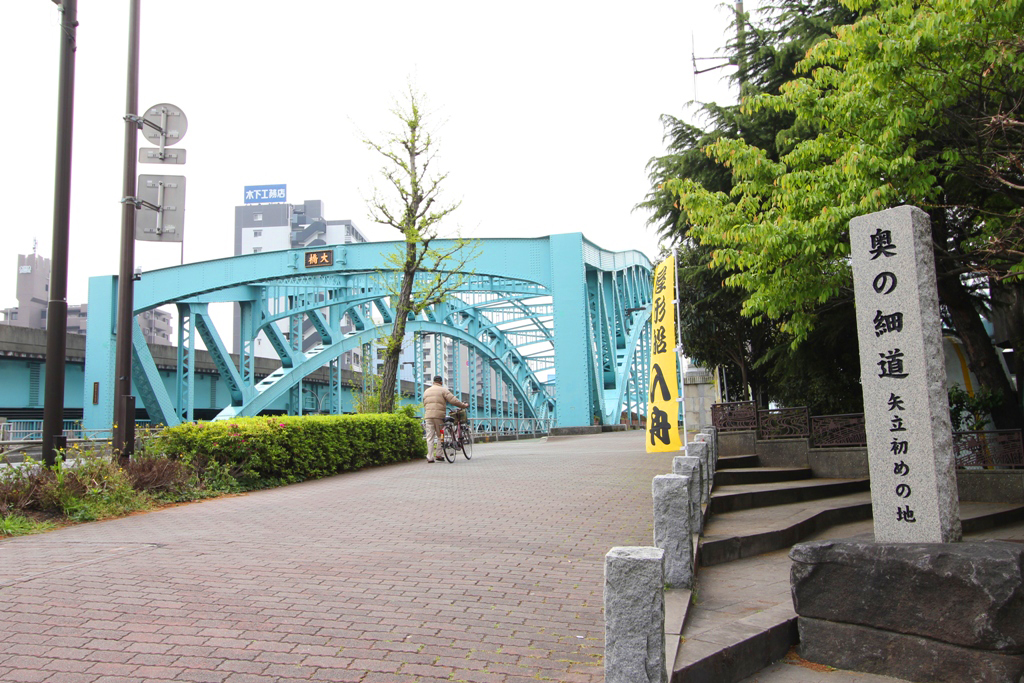
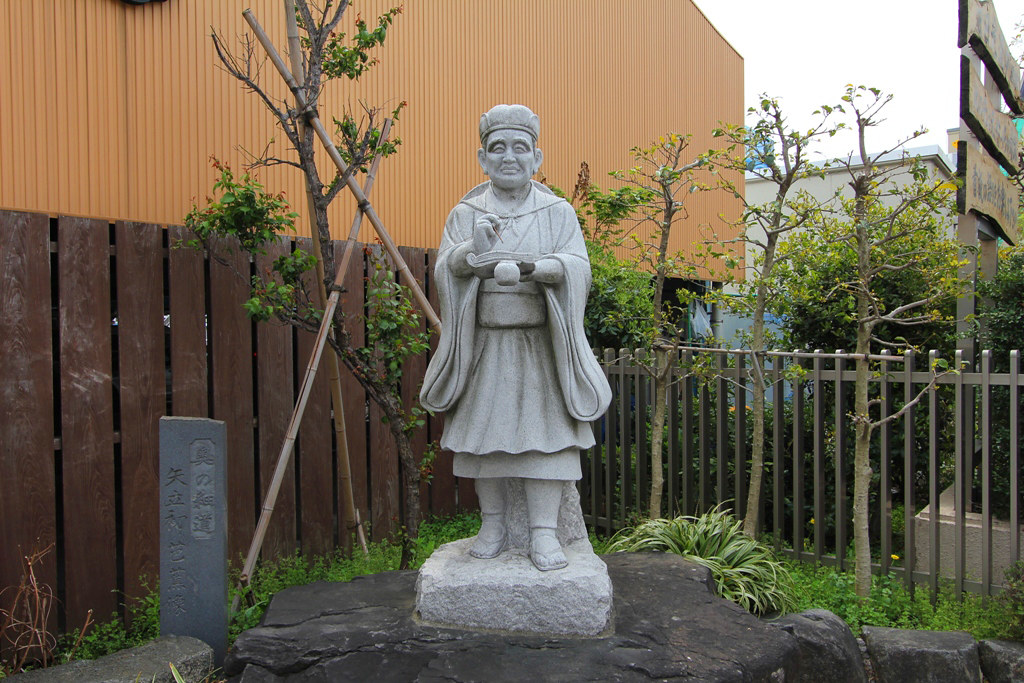
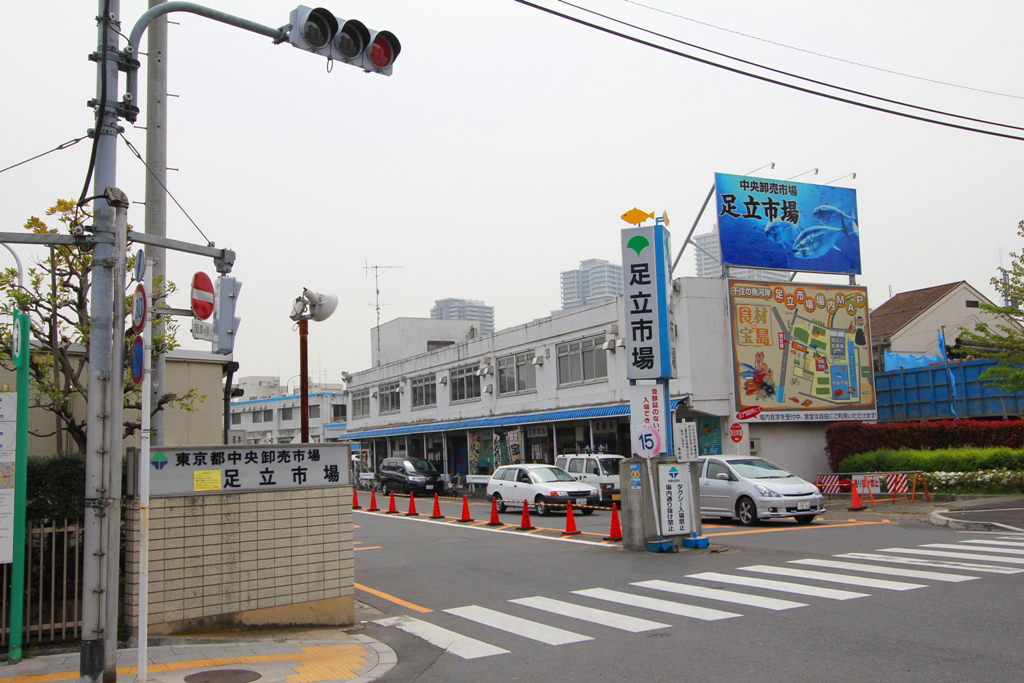

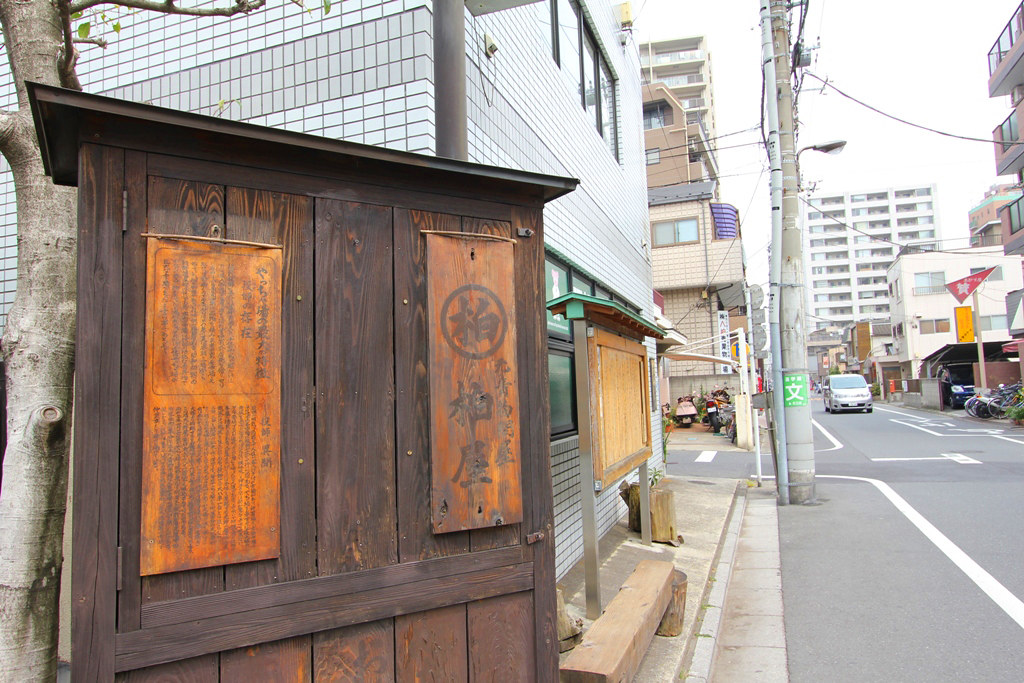

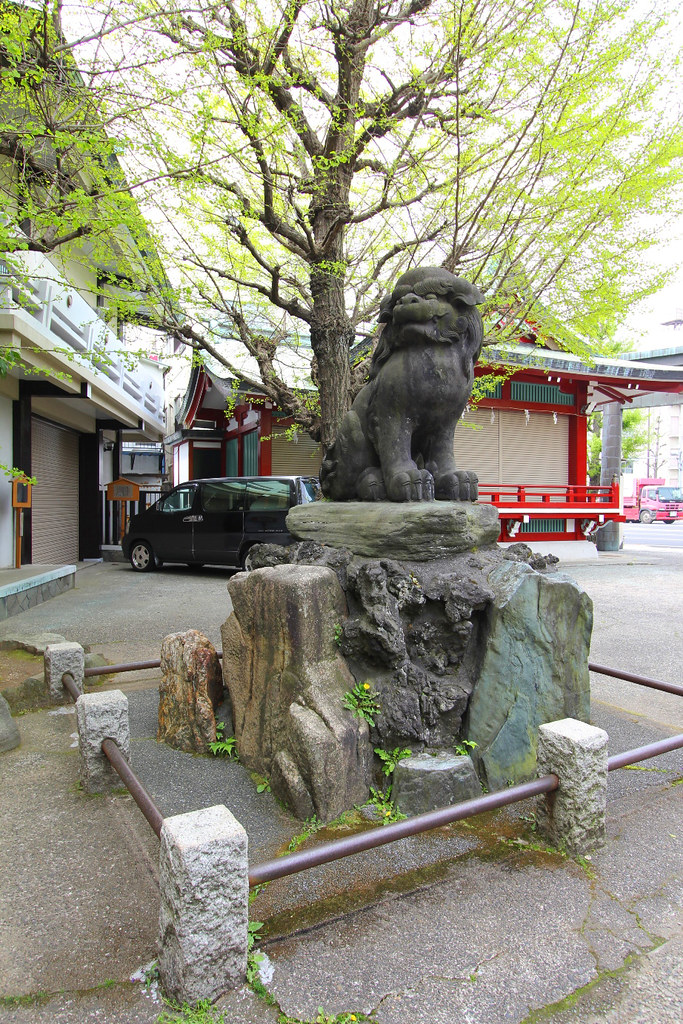
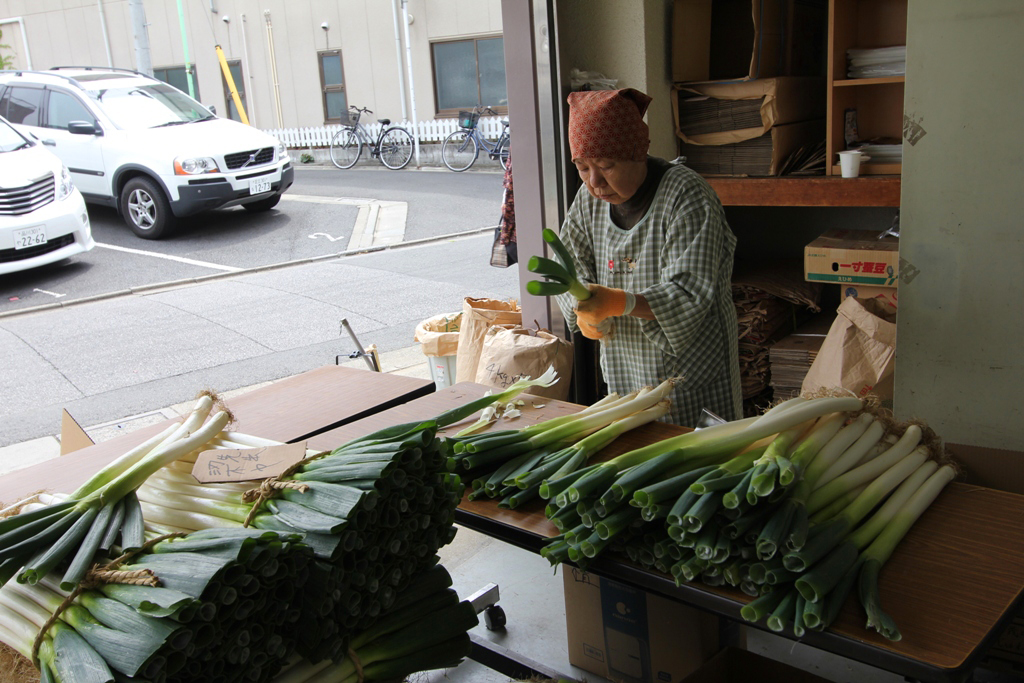

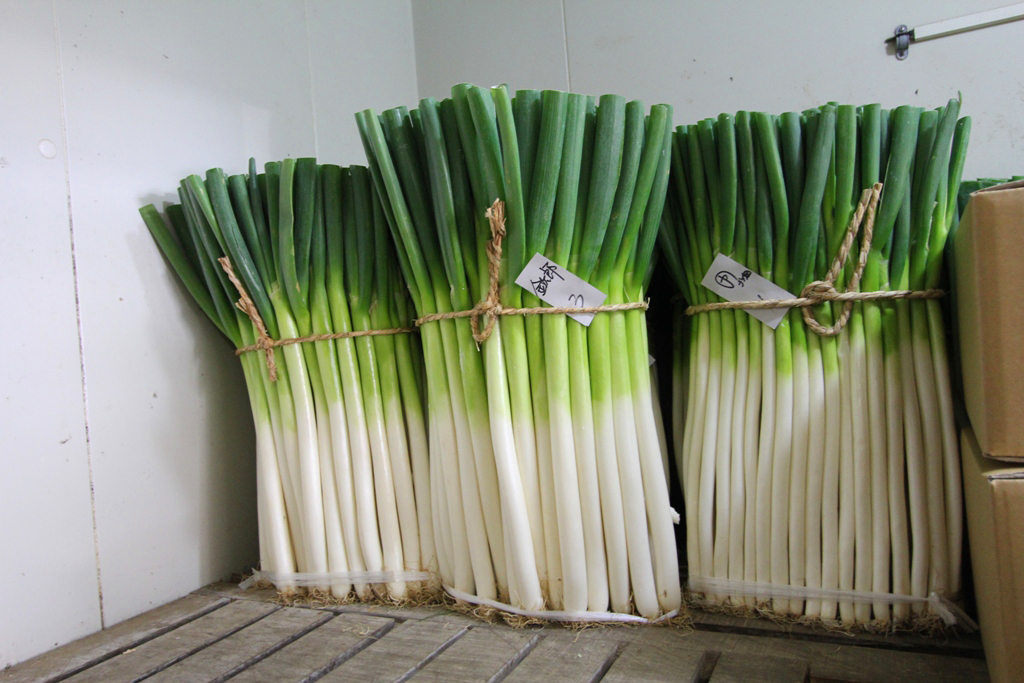
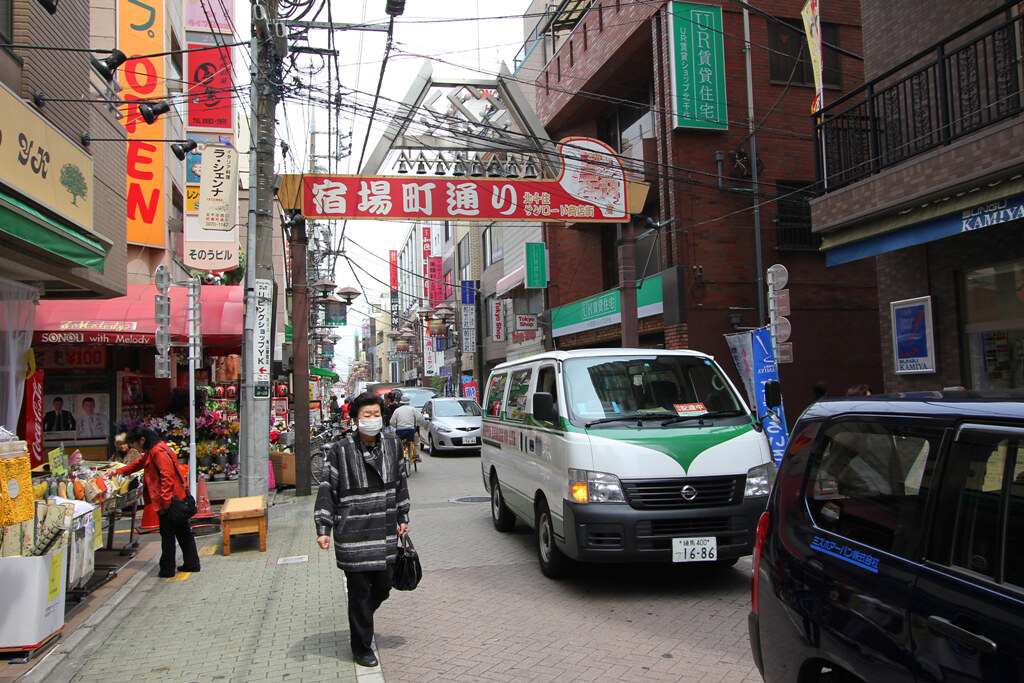

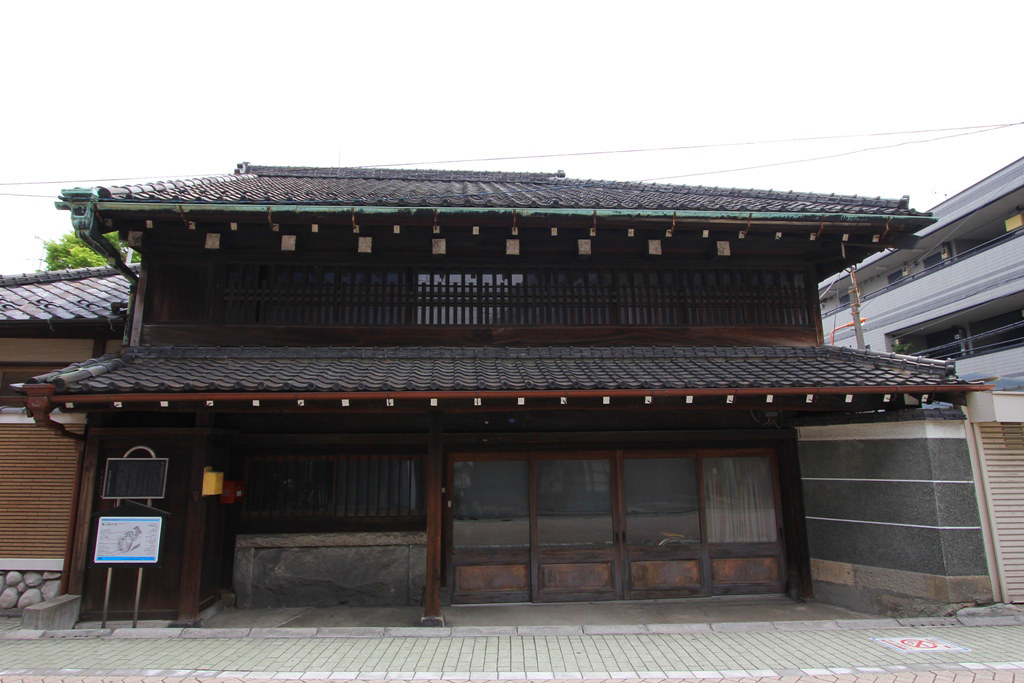


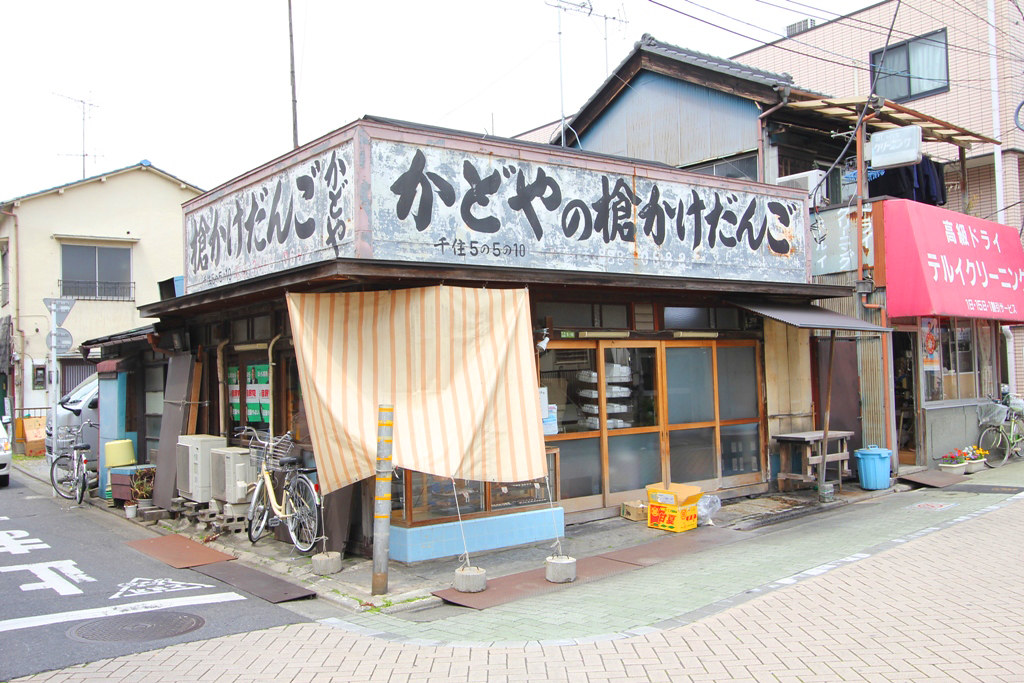
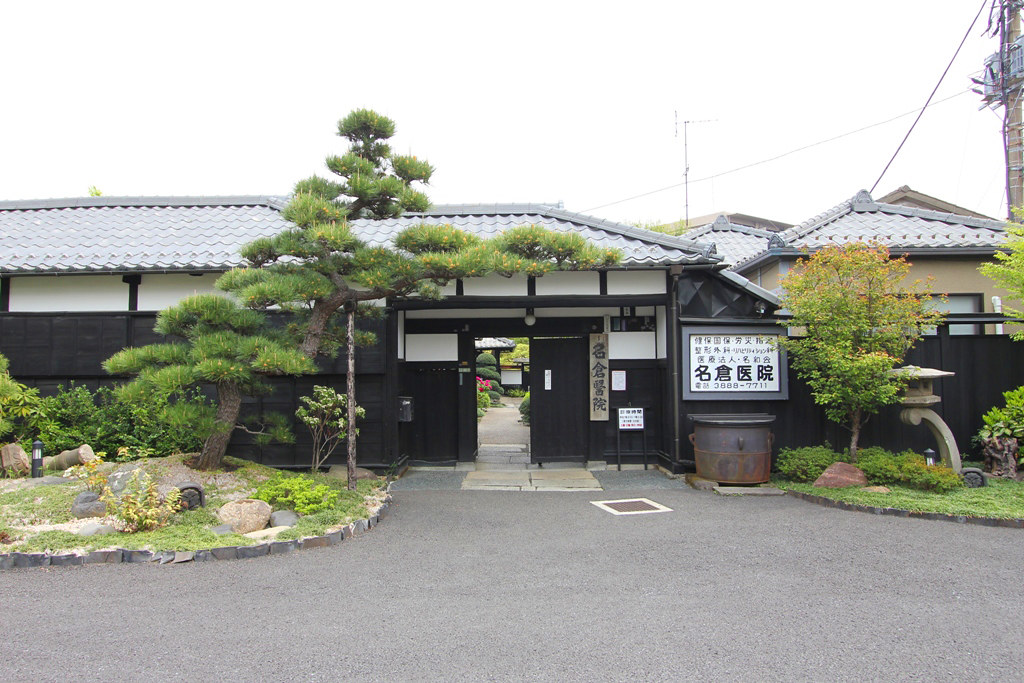
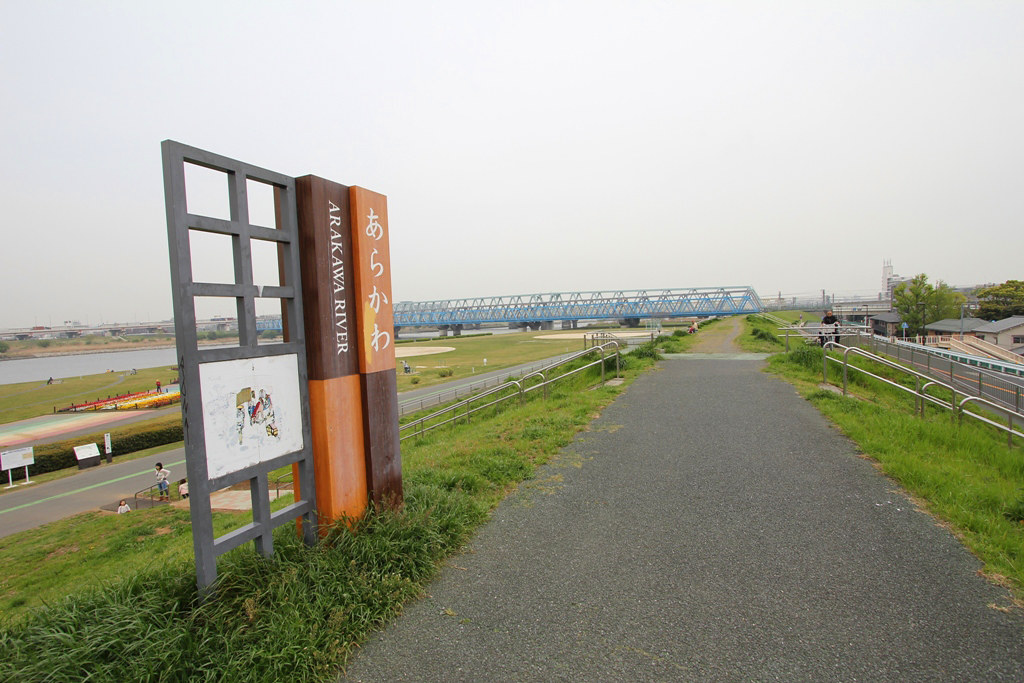
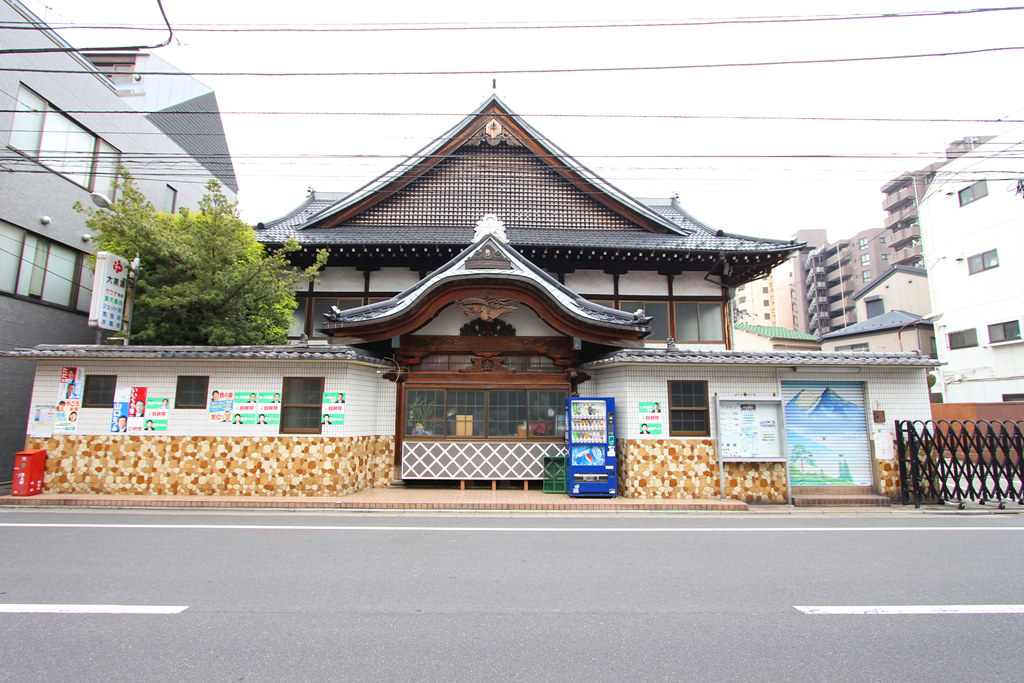
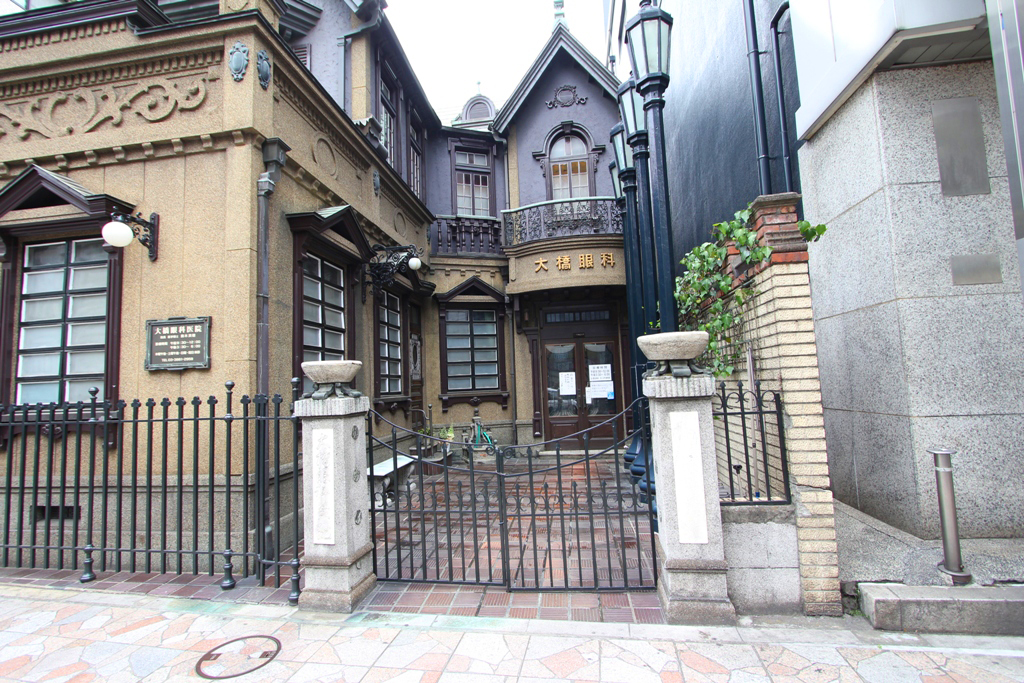

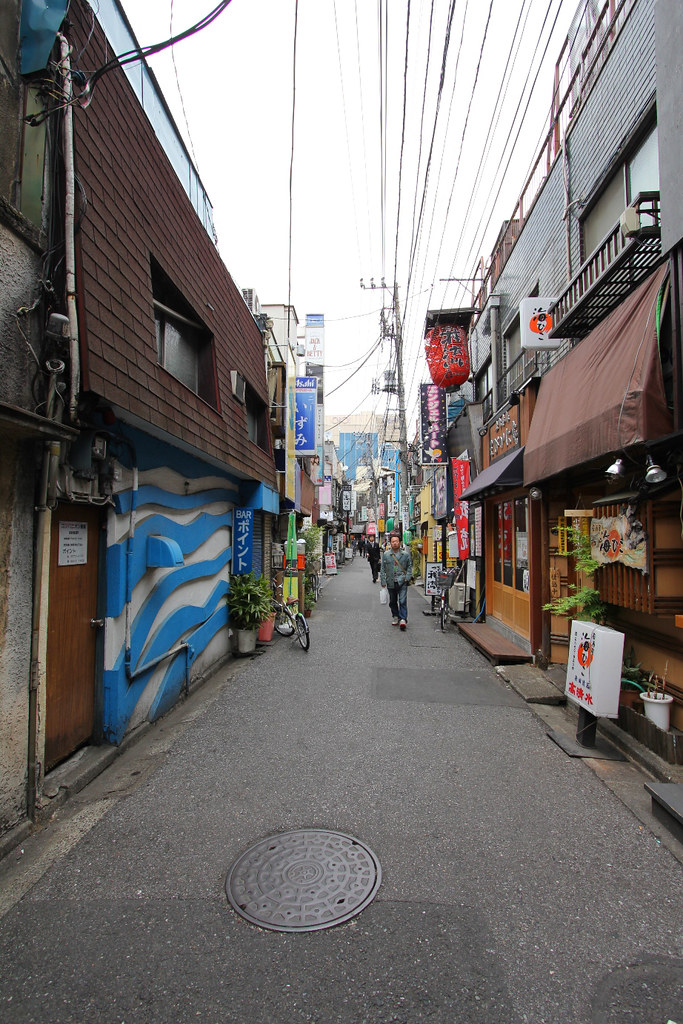











Leave a Reply